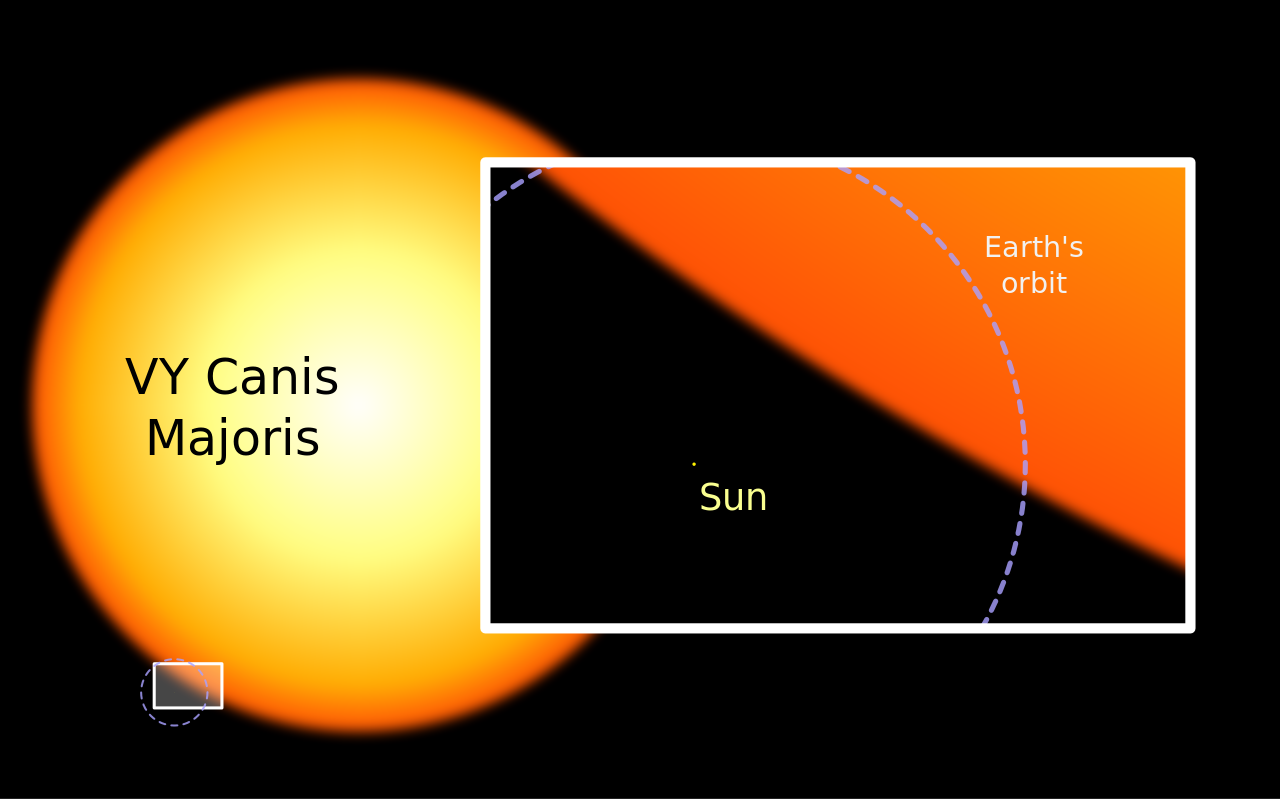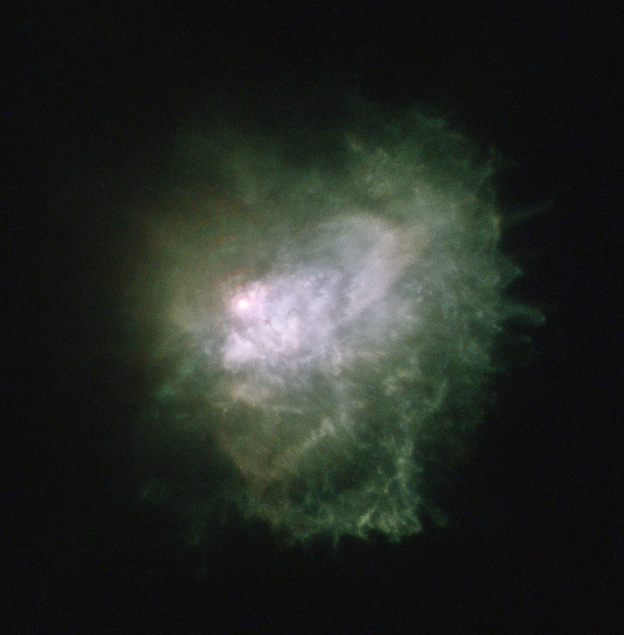New Mars Forums
You are not logged in.
- Topics: Active | Unanswered
Announcement
Pages: 1
#1 2015-12-17 12:49:28
- Tom Kalbfus
- Banned
- Registered: 2006-08-16
- Posts: 4,401
VY Canis Majoris

I estimate the habitable zone of this star, such as it is, is around 750 astronomical units (au), estimates of this star's radius have put it out to the orbit of Saturn
As you can see here, there is a lot of material surrounding this star from which to build things out of. The Habitable zone extends from 750 au to 1125 au, so there is room for a lot of planets, asteroids and other stuff within this distance, probably the environment would resemble the early Solar System except on a much larger scale, and of course this star is likely to go supernova in the next 100,000 years, still it is a long time for humans. Do you think their could be much terraforming going on in this system?
Offline
Like button can go here
#2 2015-12-31 03:45:10
- karov
- Member
- From: Bulgaria
- Registered: 2004-06-03
- Posts: 953
Re: VY Canis Majoris
Mining out the star would provide for lotsa stuff to build with AND will prolong its life to trillions of years.
Offline
Like button can go here
#3 2016-01-01 14:01:34
- Tom Kalbfus
- Banned
- Registered: 2006-08-16
- Posts: 4,401
Re: VY Canis Majoris
Mining out the star would provide for lotsa stuff to build with AND will prolong its life to trillions of years.
Turns out a red supergiant mines itself, it blows out its outer layers of atmosphere, and it has a long life compared to a human, though short for a star. We a star is in its death throws, it give off a lot of energy and sheds a lot of material, the question is, how can you survive a supernova explosion. If you place a younger star between your self and the supernova, would that work? How about a planet? I think the surrounding nebula of the dying star would reradiate a lot of the energy put out by the initial supernova explosion, that is why the supernova star is seen for several months after the initial explosion because what you are seeing is the glowing clouds of the gases shed by the star prior to that supernova explosion, and if you are within those clouds, I think a lot of that radiation may be enough to fry you. I think certain planets that are far enough away might survive. if one were bury oneself deeply within them, perhaps a supernova survival shelter of some sort might be fashioned. What do you think?
Offline
Like button can go here
#4 2016-01-02 09:59:28
- karov
- Member
- From: Bulgaria
- Registered: 2004-06-03
- Posts: 953
Re: VY Canis Majoris
Instead of surviving the explosion just dilate it in time.
By siphoning out the star in controlled manner, distillation and coalescing the mass into useful objects - habitats and power infrastructure.
Paul Birch have estimated that mining the plasma flesh of a star gives you three orders of magnitude denser energy then just harvesting it's EM radiation.
This star would burst out anyway. I.e. it has the energy to eject most of its mass outta her gravity well.
...
Offline
Like button can go here
#5 2016-01-05 11:04:41
- Tom Kalbfus
- Banned
- Registered: 2006-08-16
- Posts: 4,401
Re: VY Canis Majoris
Instead of surviving the explosion just dilate it in time.
By siphoning out the star in controlled manner, distillation and coalescing the mass into useful objects - habitats and power infrastructure.
Paul Birch have estimated that mining the plasma flesh of a star gives you three orders of magnitude denser energy then just harvesting it's EM radiation.
This star would burst out anyway. I.e. it has the energy to eject most of its mass outta her gravity well.
...
The question is, what can survive that close to its photosphere? Supernova explosions convert a lot of mass into energy, and the black hole it leaves behind can serve many useful purposes.
The thing is, it is hard to spot a black hole if its not accompanied by another star, if you see a star like VY Canis Majoris however, at least you know where a black hole is going to be, and black holes that are all by themselves are more valuable than binary black holes. After a black hole cools down, you can get close to one, and use its gravitational properties without getting cooked by the radiation coming out of its accretion disk.
Offline
Like button can go here
Pages: 1